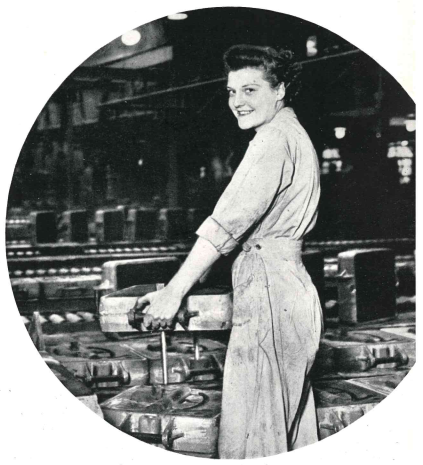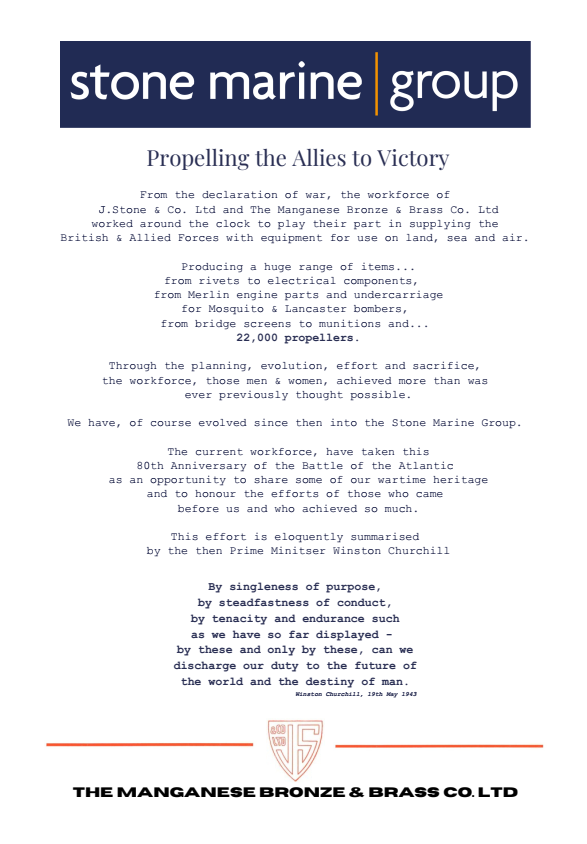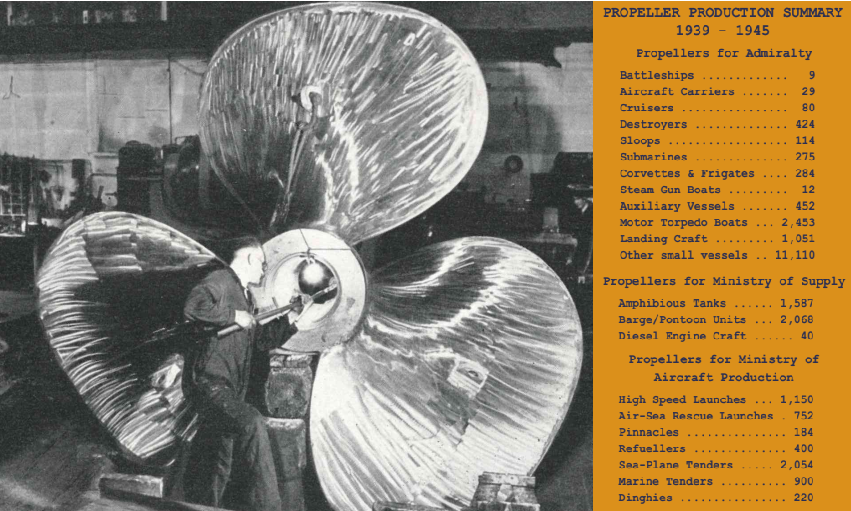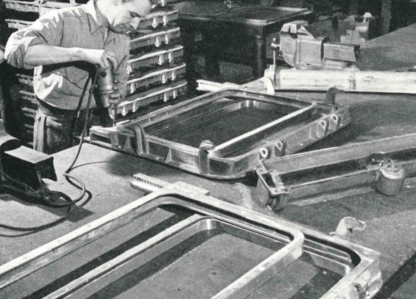On International Women in Maritime Day we reflect on the contribution of women to our history and during WW2.
The 2nd National Service Act (1941) had brought far more women into the workplace and this certainly is true for the Stones & Manganese Bronze & Brass facilities around the country.
As well as manufacturing for seaborn warfare – the men & women of Stones wartime factories played a significant role in the production of some of the great wartime aircraft.
For companies strongly rooted in #maritime you would be forgiven for not expecting this series of posts to include the words Rolls Royce Merlin Engine, AVRO Lancaster Bomber & De Havilland Mosquito but there is a strong connection with these famous aircraft.
In 1942, J. Stone & Co. received a request from the Ministry of Aircraft Production to invest and extend their capacity to manufacture magnesium castings. This request came with a warning – due to the shortage of labour there would be no new skilled workers.
It was recognised that this aspect of manufacture – casting, traditionally a highly skilled and heavy manual process now needed to be undertaken predominantly by women – many of whom had never even seen inside a factory before.
New manufacturing plants were developed that reduced to a minimum the manual movement of materials – direct line of flow was introduced with conveyor belts and automated lifting.
Below is by no means a comprehensive list of items but includes some of the most recognizable recipients for the items Stone manufactured:
- De Havilland Mosquito variable pitch propeller parts, undercarriage & bomb winches.
- Bristol Hercules engine parts for the following bombers: Lancaster, Sterling, Halifax, Wellington & Beaufighters
- Rolls Royce Merlin & Griffin Engine Parts & Assemblies
- Hawker Typhoon & Tempest Engine Parts & Assemblies
- Supermarine Seafire Engine Parts & Assemblies
Also within the production demands from the Ministry was the matter of rivets for aircraft production.
Despite the early disruption of the Blitz the Stones plant at Deptford and a duplicate plant in Ardwick, production of over 3,400 tons of rivets was completed in the six wartime years using over 167,000 miles of rivet wire.
It is without doubt a testament to the commitment, courage and quick learning of these women who worked the factories that these production lines were delivered so successfully.










